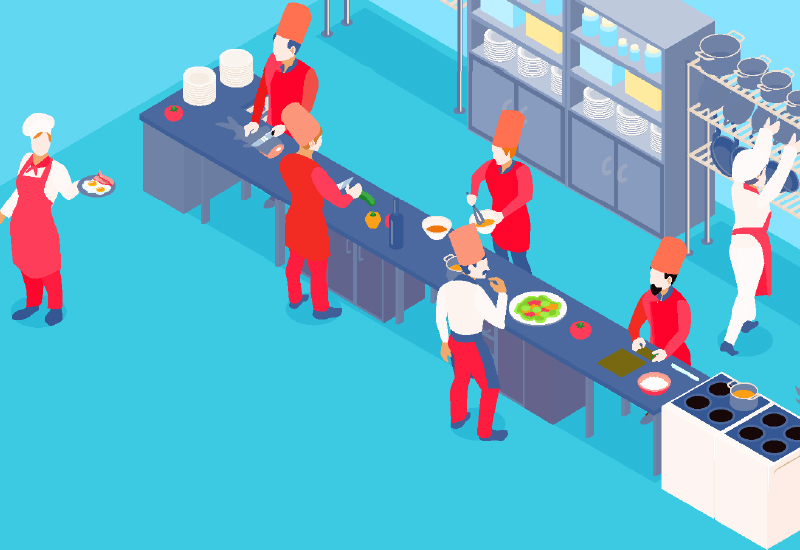Over the past few months, Caterer Middle East has been compiling detailed information from chefs in the region to gauge the state of the regional F&B industry and uncover any pressing issues. Now in its eighth year, the survey was conducted online which enabled chefs to anonymously contribute to the study. Topics covered included preferred suppliers, education, what they would change about their jobs and what inspired them to enter the profession.
Read on as we provide a detailed breakdown of some of the results along with comments from high profile chefs in the region who agreed to go on record with their opinions.
Social Media
For the third year running, we asked chefs about their social media habits. Just like last year Facebook leads the pack in 2017 when it comes to the social media platform favoured by chefs with 83% using the network to promote and share information about their venues. This was a slight drop from last year’s figure of 85% but what was notable this year was the 20% surge in Instagram usage from 57% to 78%.
The highly visual platform lends itself perfectly to food photography and increasing numbers of chefs are using Instagram to share pictures of new dishes or to give their followers an insight into what goes on behind the pass. Chefs are finding that it’s a good way of communicating with customers directly.
Linkedin dropped from second place last year to third this year with 70% of chefs using the network. Twitter (22%), Pinterest (12%) and Snapchat (5%) continued their downward trajectory.
In response to the question of why they choose one platform over another, one chef said: “They are the most widely used/common platforms with the most user interaction and relevance to users in this region.” Another chef succinctly added: “Snapchat is for nudes. Twitter is for wit. I work in food.”
Inspired by the growing phenomenon, a new question this year addressed the use of social media influencers to help promote a venue. A whopping 78% of chefs said they workedwith influencers, indicating the perceived high return on investment associated with using these social media figures.
An avid ‘Instagrammer’, Marina Social head chef Craig Best said: “Our PR agency thinks I should be the designated photographer for Marina Social. Apparently I’m doing a great job taking pictures but I have to admit our dishes are quite photogenic and they can become social media influencers. I think this trend is growing and people want to see a more personal side of restaurants, get to know the real people behind the food, our team’s daily life, our fun interactions in the kitchen, and above all else, our accents. Food aficionados want a behind-the-scenes look, they’re interested in the process of food making just as much as they’re interested in tasting the delicious finale. I definitely think it’s important to stay up-to-date with industry trends, and social media is the biggest one at the moment.”
Delivery Apps
Another way in which technology is changing the face of the global F&B industry is through the rapid growth of delivery app use. Previously confined to pizza and fast food, delivery apps have changed the face of what is traditionally considered a takeaway restaurant. This presents specific challenges.Mercato Italian Café DIFC chef Raffaello Cavazzuti said: “Delivery apps have changed the restaurant business and we have to challenge ourselves to design the menu so that the dishes get delivered to customers tasting as good as it would in the restaurant.”
There are also opportunities associated with the trend. Restaurants are no longer confined to four walls and dishes reach a wider audience. Urban Bistro chef Krishna Shrestha believes that apps like Deliveroo and Uber Eats are changing the industry: “Delivery apps have created a different playground for the restaurant businesses to work in. The costs are sometimes challenging for businesses to work with, but it’s an interesting field and direction for the market.”
When we asked our chefs if they worked with delivery apps in their outlets, the results were practically split down the middle with 48% saying yes and 52% saying no. When it came to the apps they preferred, Deliveroo and Zomato tied for first place with 45% of respondents saying that they use their services. With only 8% of chefs citing UberEats it’s clear that the technology company still has a long way to go when it comes to penetrating the regional market.

| Advertisement |









 Search our database of more than 2,700 industry companies
Search our database of more than 2,700 industry companies









